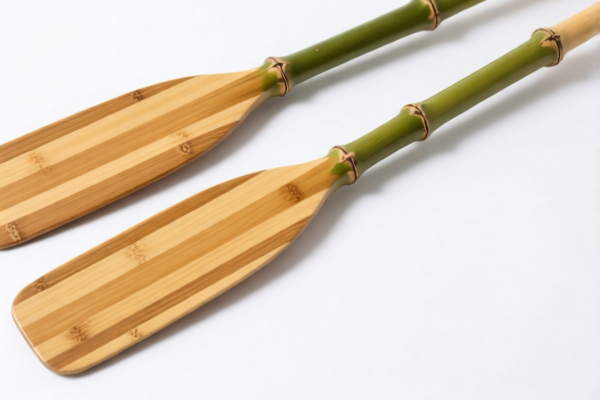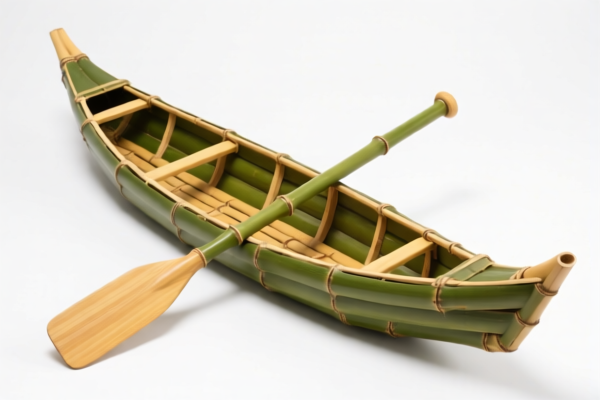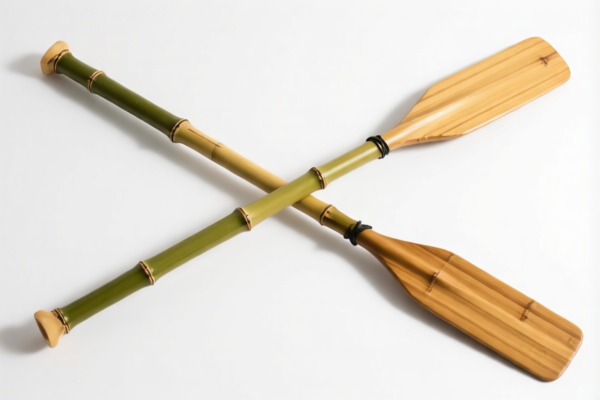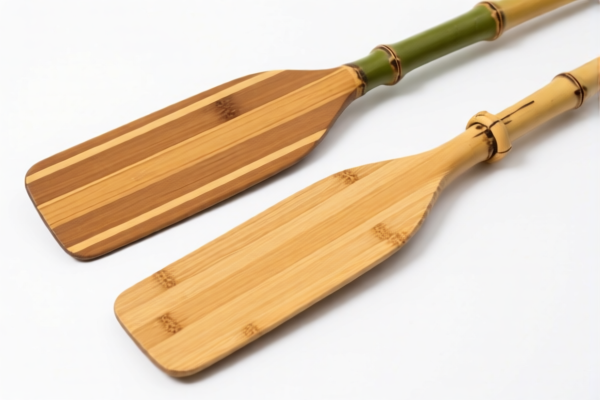| HS Code | Official Doc | Tariff Rate | Origin | Destination | Effective Date |
|---|---|---|---|---|---|
| 9506512000 | Doc | 35.3% | CN | US | 2025-05-12 |
| 9507906000 | Doc | 60.0% | CN | US | 2025-05-12 |
| 9507908000 | Doc | 39.0% | CN | US | 2025-05-12 |
| 9208900080 | Doc | 42.8% | CN | US | 2025-05-12 |
| 8201906000 | Doc | 55.0% | CN | US | 2025-05-12 |
| 8215995000 | Doc | 35.3% | CN | US | 2025-05-12 |
| 8215992600 | Doc | 0.2¢ each + 3.1%+37.5% | CN | US | 2025-05-12 |
| 3926903000 | Doc | 59.2% | CN | US | 2025-05-12 |
| 3926909905 | Doc | 42.8% | CN | US | 2025-05-12 |
| 3916902000 | Doc | 58.1% | CN | US | 2025-05-12 |
| 3916903000 | Doc | 61.5% | CN | US | 2025-05-12 |




Paddles
Paddles are handheld implements used to propel a boat or other watercraft through water, typically by repeatedly immersing one end in the water and using it as a lever to move the craft forward. They are a fundamental tool for human-powered water travel and recreation.
Material
Historically, paddles were crafted from wood, often utilizing lightweight yet strong species like ash, spruce, or cedar. Modern paddles incorporate a variety of materials:
- Wood: Still used, valued for its flexibility and traditional aesthetic. Often coated for durability.
- Aluminum: Durable and affordable, commonly used for recreational paddles. Can be heavier than other options.
- Fiberglass: Lightweight and strong, offering a good balance of performance and cost.
- Carbon Fiber: The lightest and stiffest material, providing optimal power transfer and performance, but also the most expensive.
- Plastic: Used for inexpensive, recreational paddles; less durable and efficient than other materials.
- Composite Materials: Combinations of materials (e.g., carbon fiber reinforced plastic) to achieve specific performance characteristics.
Purpose
The primary purpose of paddles is propulsion. However, they also serve several secondary functions:
- Steering: By applying pressure unevenly to either side of the paddle, a user can steer the watercraft.
- Braking: Back-paddling or dragging the paddle in the water creates resistance, slowing the craft.
- Poling/Pushing: In shallow water, paddles can be used to push off the bottom for maneuverability.
- Rescue: Paddles can be used to assist in rescuing individuals in the water.
Function
Paddles function based on the principles of leverage and Newton's Third Law of Motion (for every action, there is an equal and opposite reaction). The user applies force to the paddle handle, which is transferred to the blade. The blade, immersed in the water, pushes water backward. This action generates an equal and opposite reaction, propelling the watercraft forward. The shape and angle of the blade are designed to maximize efficiency and minimize drag.
Usage Scenarios
Paddles are used in a wide variety of water activities:
- Kayaking: Paddles with two blades are commonly used for kayaking.
- Canoeing: Single-bladed paddles are traditionally used for canoeing.
- Stand-Up Paddleboarding (SUP): Longer paddles are used for SUP, allowing the user to propel themselves while standing.
- Rowing: While oars utilize a fulcrum, paddles can be used in smaller craft or for maneuvering.
- Rafting: Paddles are essential for navigating and controlling rafts.
- Dragon Boat Racing: Specialized, larger paddles are used in dragon boat racing.
- Recreational Boating: Paddles provide a quiet and eco-friendly means of propulsion for small boats.
Common Types
- Single-Bladed Paddles: Used primarily in canoeing, featuring a single blade on one end. Requires a paddler to alternate sides.
- Double-Bladed Paddles: Used in kayaking and some canoeing styles, featuring blades on both ends. Allows for symmetrical paddling strokes.
- Wing Paddles: Double-bladed paddles with a curved blade profile designed to maximize power and efficiency, often used in competitive kayaking.
- Straight Paddles: Traditional paddle shape, suitable for recreational use and touring.
- Bent-Shaft Paddles: Double-bladed paddles with a curved shaft, designed to optimize paddling angle and reduce strain.
- Adjustable Paddles: Paddles with adjustable shaft lengths, suitable for multiple users or varying water conditions.
- Touring Paddles: Designed for long-distance paddling, featuring a narrow blade and efficient design.
- Whitewater Paddles: Durable paddles designed for navigating rapids and challenging whitewater conditions.
Paddles are not explicitly defined within the provided reference material. However, based on potential material and use, the following HS codes may be relevant:
- 8201906000: Other handtools of a kind used in agriculture, horticulture or forestry, and parts thereof: Other. This code covers handtools used in these sectors, and paddles could fall under this category if used for related activities (e.g., canoeing in forestry management). The two-digit sections represent: 82 (Handtools), 01 (Handtools, not elsewhere specified), 90 (Other).
- 3926903000: Other articles of plastics and articles of other materials of headings 3901 to 3914: Other: Parts for yachts or pleasure boats of heading 8903; parts of canoes, racing shells, pneumatic craft and pleasure boats which are not of a type designed to be principally used with motors or sails. If the paddle is a part for a canoe or pleasure boat made of plastic or other materials within headings 3901-3914, this code applies. The two-digit sections represent: 39 (Plastics and articles thereof), 26 (Other articles of plastics), 90 (Other).
- 8201906000: Other handtools of a kind used in agriculture, horticulture or forestry, and parts thereof: Other. This code covers handtools used in these sectors, and paddles could fall under this category if used for related activities (e.g., canoeing in forestry management). The two-digit sections represent: 82 (Handtools), 01 (Handtools, not elsewhere specified), 90 (Other).
According to the provided reference material, the HS code options related to 'paddles' are limited, with only the following 3 found.
Please note that the classification of paddles will depend on the material they are made of and their intended use. If the paddle is made of plastic, HS code 3926903000 may be applicable. If it is a handtool used in agriculture, horticulture, or forestry, HS code 8201906000 may be more appropriate.
Customer Reviews
No reviews yet.